onsemi NTBG022N120M3S is a 22 mΩ 1200 V SiC MOSFET designed to offer improved efficiency and power density over IGBT or superjunction MOSFET solutions. It finds applications in energy infrastructure like PV inverters, UPS, or EV chargers. The device features a low thermal resistance IMS PCB, four isolated gate drivers providing 3 kV insulation, and an onboard NTC for IMS temperature sensing. Its low inductance PCB layout and modular pinout enable evaluation of multiple topologies.
onsemi NTBG022N120M3S is a 22 mΩ 1200 V SiC MOSFET designed to offer improved efficiency and power density over IGBT or superjunction MOSFET solutions. It finds applications in energy infrastructure like PV inverters, UPS, or EV chargers. The device features a low thermal resistance IMS PCB, four isolated gate drivers providing 3 kV insulation, and an onboard NTC for IMS temperature sensing. Its low inductance PCB layout and modular pinout enable evaluation of multiple topologies.








-
 1
1
-
 2
2
-
 3
3
-
 4
4
-
 5
5
-
 6
6
-
 7
7
-
 8
8
-
 9
9
-
 10
10
-
 11
11
-
 12
12
-
 13
13
-
 14
14
-
 15
15
onsemi NTBG022N120M3S is a 22 mΩ 1200 V SiC MOSFET designed to offer improved efficiency and power density over IGBT or superjunction MOSFET solutions. It finds applications in energy infrastructure like PV inverters, UPS, or EV chargers. The device features a low thermal resistance IMS PCB, four isolated gate drivers providing 3 kV insulation, and an onboard NTC for IMS temperature sensing. Its low inductance PCB layout and modular pinout enable evaluation of multiple topologies.
Ask a question and I''ll find the answer in the document
Finding information in a document is now easier with AI
Related papers
-
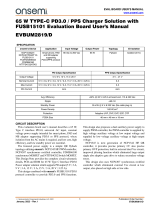 onsemi EVBUM2819 65 W User manual
onsemi EVBUM2819 65 W User manual
-
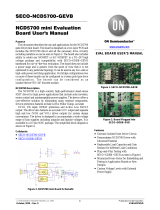 onsemi SECO-NCD5700-GEVB User manual
onsemi SECO-NCD5700-GEVB User manual
-
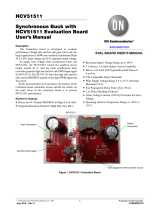 onsemi NCV51511SYNCBUCKGEVB User manual
onsemi NCV51511SYNCBUCKGEVB User manual
-
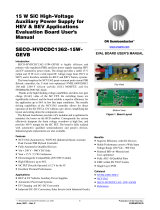 onsemi SECO-HVDCDC1362-15W15V-GEVB User manual
onsemi SECO-HVDCDC1362-15W15V-GEVB User manual
-
onsemi NCV78343 Series User manual
-
onsemi NCV12711 User manual
-
onsemi Secondary Side Regulated Isolated Flyback Converter User manual
-
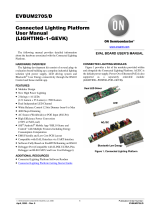 onsemi LIGHTING-POWER-POE-GEVB User manual
onsemi LIGHTING-POWER-POE-GEVB User manual
-
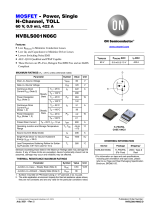 onsemi NVBLS001N06C User manual
onsemi NVBLS001N06C User manual
-
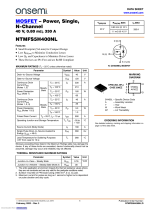 onsemi NTMFS5H400NL MOSFET Power Single N-Channel Operating instructions
onsemi NTMFS5H400NL MOSFET Power Single N-Channel Operating instructions
Other documents
-
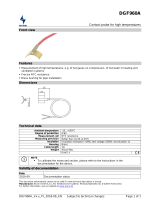 WURM DGF960A Product information
WURM DGF960A Product information
-
ON Semiconductor EVBUM2798 Board User guide
-
ON Semiconductor NB3V63143G User manual
-
ON Semiconductor NB3M8T3910G User manual
-
ON Semiconductor NTMFS006N12MC Operating instructions
-
ON Semiconductor FDBL0200N100 Owner's manual
-
ON Semiconductor EVBUM2516/D User manual
-
ON Semiconductor MT9S6NNV01 User manual
-
NXP MC33937 User guide
-
NXP MC13213 Reference guide





























